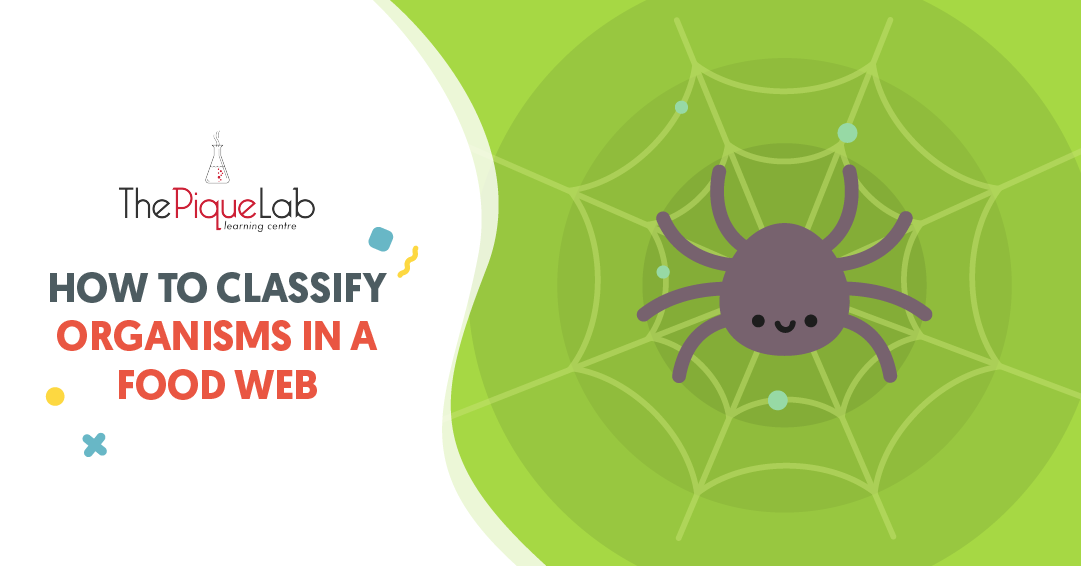Just recently, I was marking some of my students’ worksheets on Heat Energy.
I discovered that many students typically encounter difficulties in formulating answers for Heat Energy open-ended questions.
Most students were unable to identify the keywords/concepts and structure them coherently in their answers.
Read Also
As such, I would like to use the following question as an example to discuss the answering structure required to answer Heat Energy open-ended questions accurately.
Here’s The Question

Source: Maha Bodhi School – 2015 P6 Science Preliminary Examination Paper [Q36]
Background
There are 2 containers that are packed with piping hot rice and one of the containers, container G, has holes on the lid. After some time, Rizwan realised that:
- The rice in container G became cooler than the rice in Container F.
- There are water droplets formed on the inside of Container F.
What Your Child Needs To Know
There are a total of seven heat processes, namely:
- Evaporation
- Melting
- Condensation
- Freezing
- Boiling
- Expansion
- Contraction
Template Answer
There are two important things to note when it comes to answering Heat Energy questions:
1) ______ (cooler substance) gains heat from ______ (warmer substance) or
______ (warmer substance) loses heat to ______ (cooler substance)
2) to ____________ (heat process)
An example would be: The puddle of water gains heat from the warmer surrounding air to evaporate…
Answering Technique for Part (a)
The water vapour in the air in the containers gained heat from the hot rice to become warmer and rises up. The holes on the lid of container G allows some of the warmer water vapour to escape more easily into the cooler surrounding air, thus causing the rice in container G to cool faster.
Misconception Alert: Heat cannot “move” or “escape” on its own!
- Instead, heat was lost to the air, causing the air to move
- The air gains heat from the warmer object and in the process, removing some of the heat away from the object, causing its temperature to decrease.
- Note: Question mentioned “COOLER”. Please remember to use COMPARISON terms in your answer.
Disclaimer: Students at the primary school level have not been taught about the concept of “radiation”, where heat can travel/move without a medium.
Answering Technique for Part (b)
The water vapour in the air in the containers gained heat from the hot rice to become warmer, which then rises up and comes into contact with the cooler inner surface of the lid, loses heat to it and condenses to form water droplets.
On A Side Note…
Is it possible that the water in the hot rice evaporated, rose up and came into the cooler inner surface of the container, lost heat and condensed to form water droplets?
The answer is YES!
However, what happens in this situation then?

The egg here has comparatively much lesser water that is evaporating to form water vapour.
The main cause of water vapour rising would be due to the water vapour trapped in the container.
How About Fries?
Fries have relatively much lesser water content after being fried.

I’m sure you understand what I’m trying to put across now.
There are numerous possible causes to an outcome of an experiment.
However, getting the answer right for one question does not guarantee that you get it right on the next.
The template answers, structures and concepts we teach at The Pique Lab were crafted after analysing numerous primary school examination questions.
As what I often share with parents,
A good template answer/structure is not one that fits a specific question. Instead, it is one that applies to a range of questions so that it forms the building blocks of their Science answering techniques.
This helps students tackle different questions of similar concept more easily and that is what I call – STUDYING SMART! (:

If you like our methodology, we’ve some upcoming workshops:







